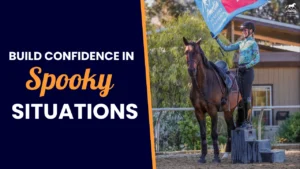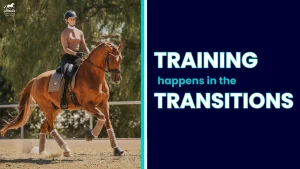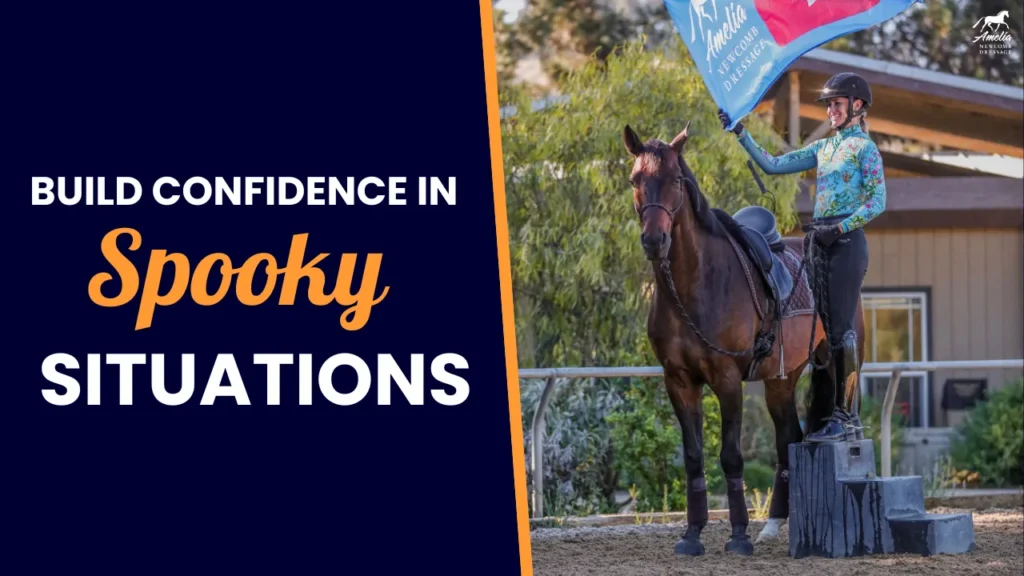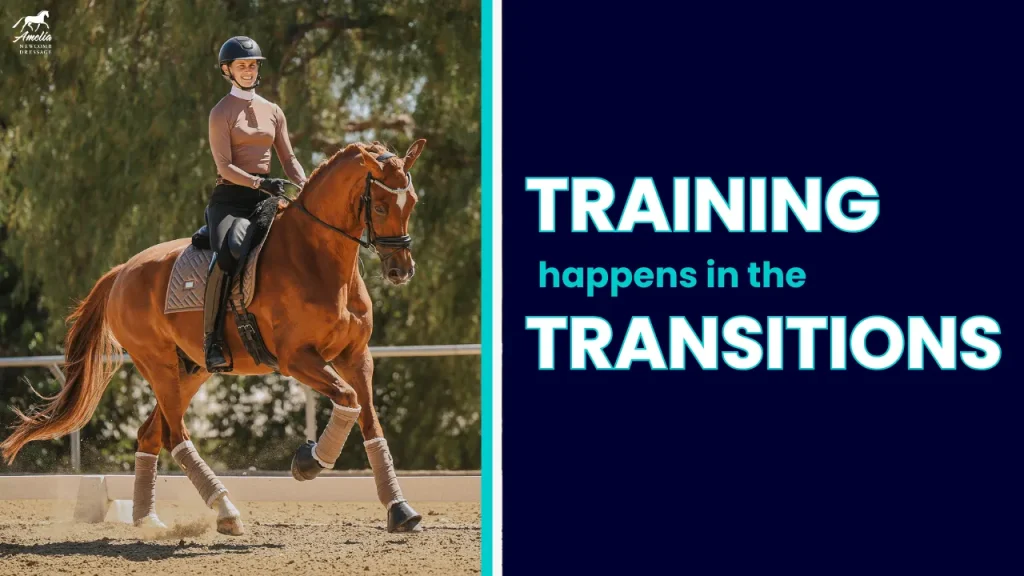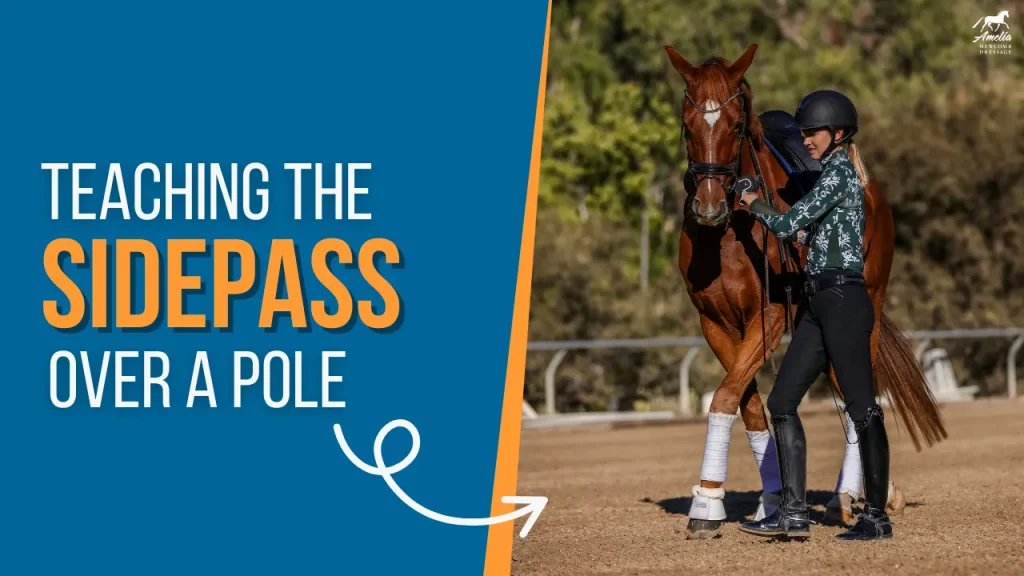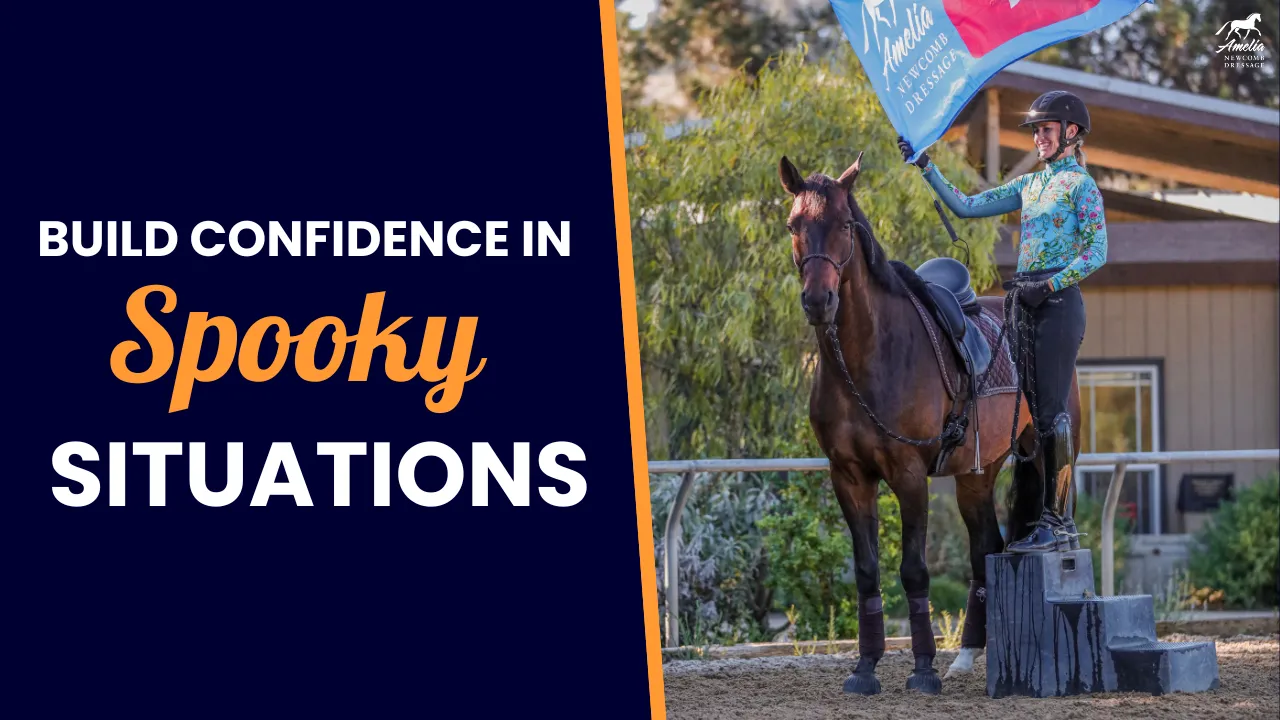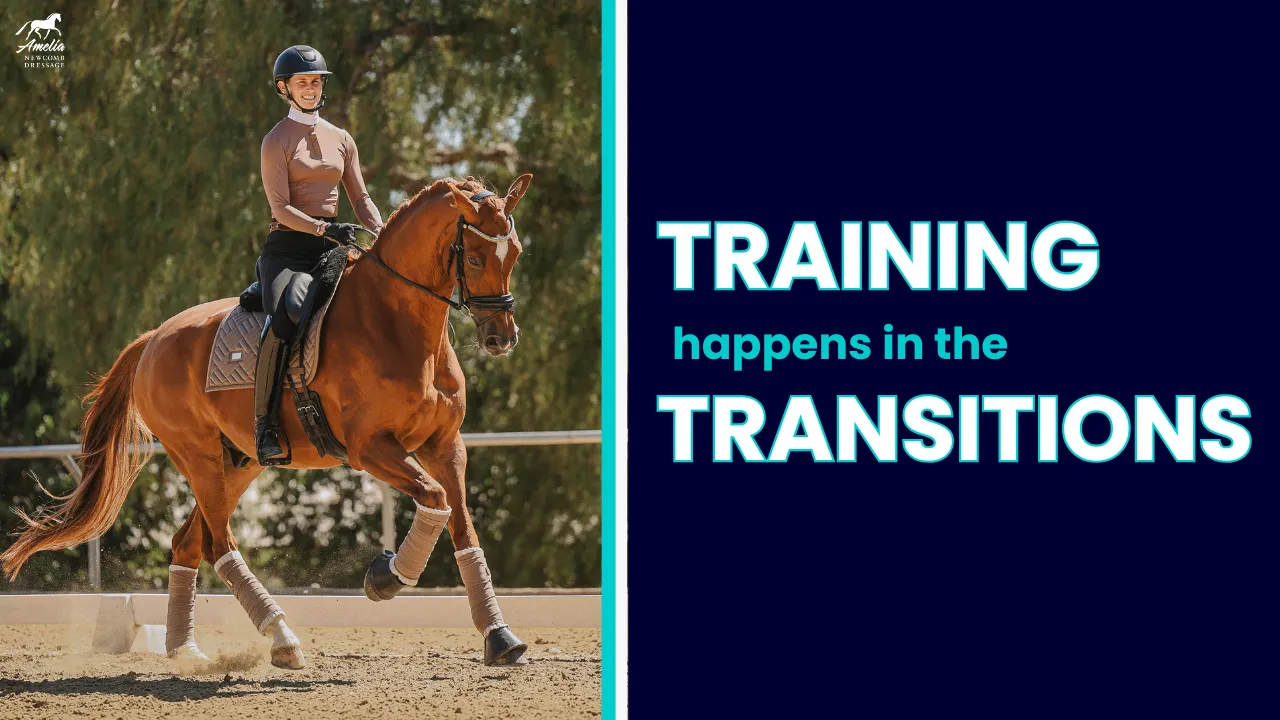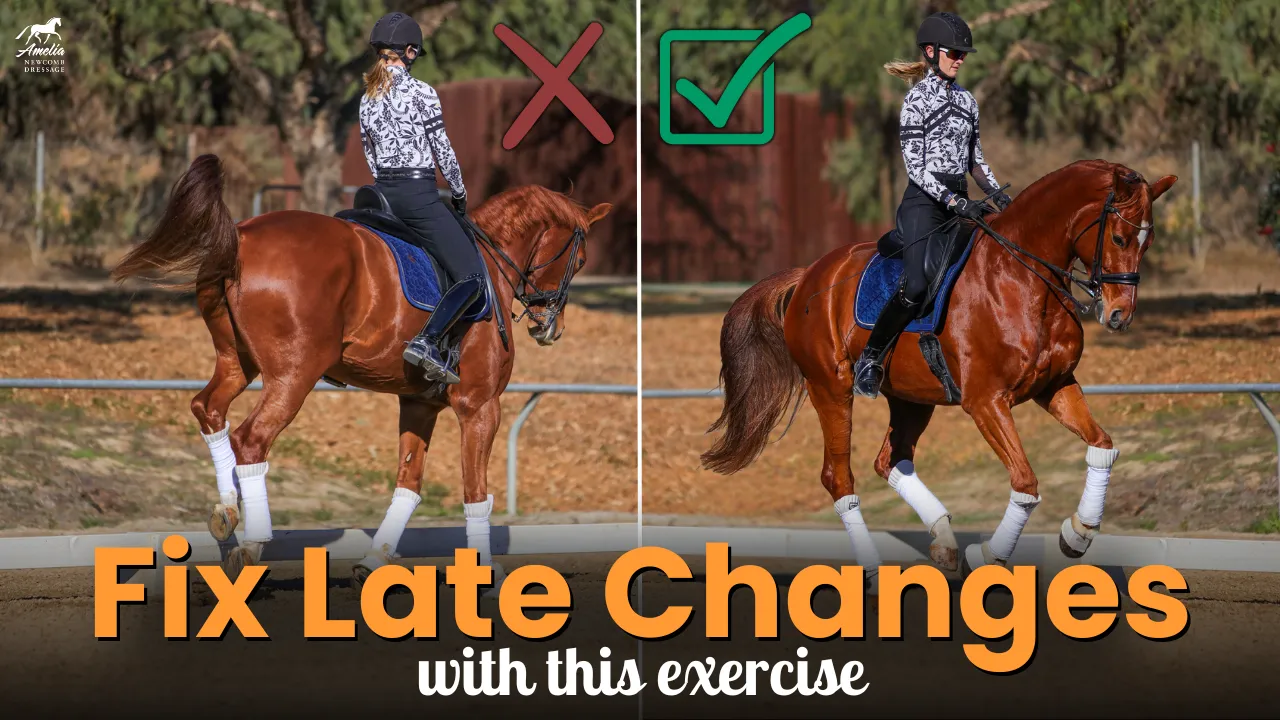I travel all over the country teaching clinics and few months ago, I was teaching a clinic in Idaho and working with a wonderful student and her Lusitano gelding. Her horse was very eager and smart and started to anticipate the canter transition. While it’s great to have a responsive horse, they also need to listen and wait for your aid. Simply telling them “no” or stopping them abruptly does not work and creates more tension. Instead, let’s find an exercise or pattern to help direct the energy and teach the horse to respond correctly to the aids.
The Figure-Eight Exercise
This exercise works by creating a predictable yet controlled pattern, which helps settle your horse’s mind and teaches them to stay in the moment. The bending lines help the horse to accept the leg aids without rushing off into the canter.
How to do it:
- Start in a working trot and ride two 10m circles in a figure-eight pattern.
- Focus on bending, maintaining connection in your outside rein and consistent rhythm.
- If your horse starts to anticipate and tries to canter, don’t overreact —just stay in the trot and keep following the pattern.
- Use half-halts before your transitions to remind them to wait for your cue.
Keep repeating the pattern until they stop anticipating and settle into the rhythm. Once your horse is calmly following the pattern without anticipating, you can introduce intentional canter transitions:
- Pick a spot on your 20-meter circle where you ask for the canter.
- Keep your hands down and your seat steady.
- Focus on riding the rhythm and not letting the horse rush into the transition.
- After a few circles of canter, transition back to the trot and return to the figure-eight pattern.
By mixing trotting figures with controlled canter transitions, you’ll reinforce the idea that canter only happens when you ask for it.
Key Takeaways
- Anticipation isn’t bad—it just needs direction.
- Instead of saying “no,” use patterns and figures to keep your horse engaged.
- Make the trot rhythm so predictable and boring that they stop trying to guess what’s next.
- Half-halts before transitions help reinforce patience.
Want more exercises to keep your horse engaged and responsive? Download my Free Patterns and Figures PDF Guide. It includes some of my favorite exercises to improve connection, balance, and responsiveness.
Happy Riding!
Amelia

